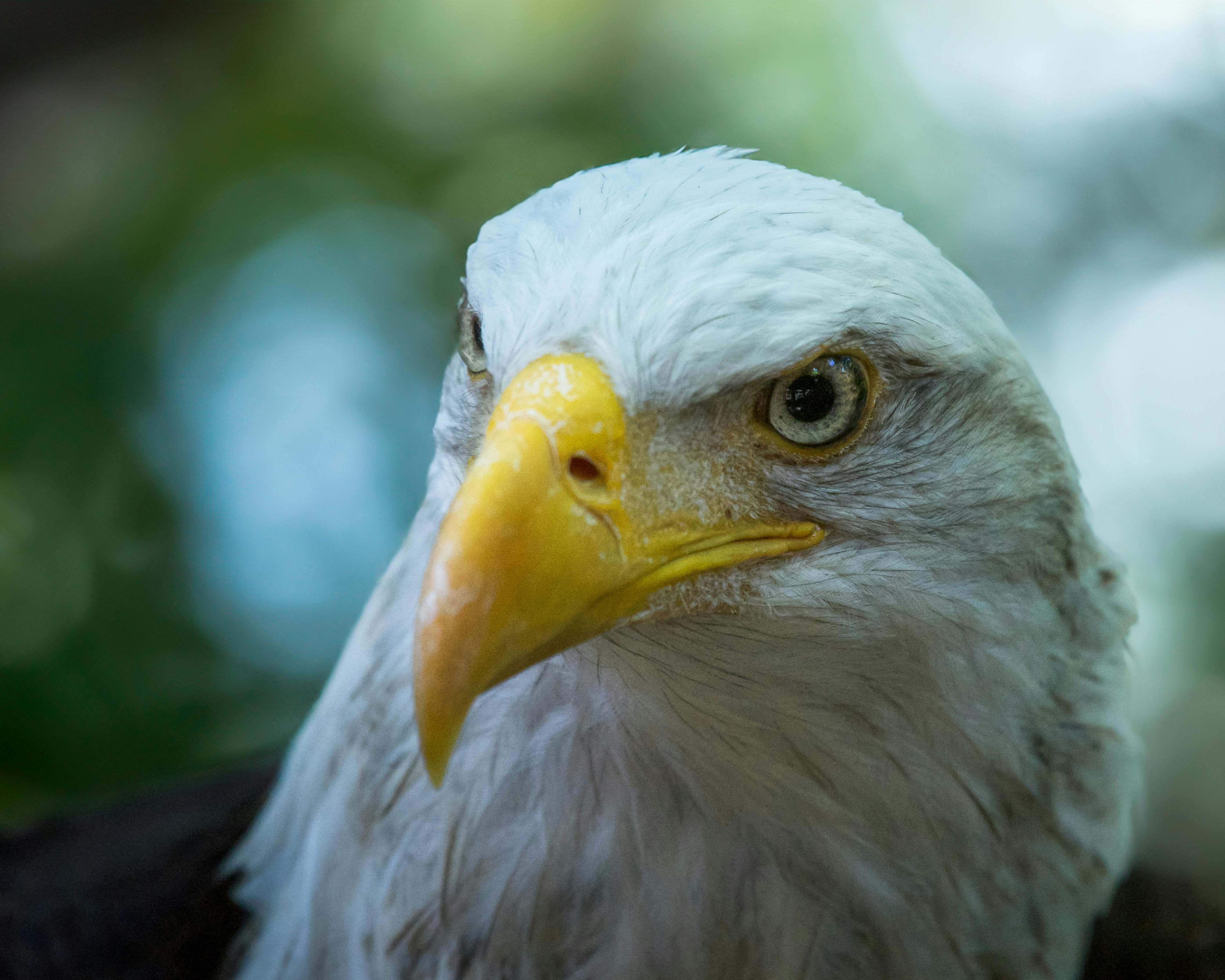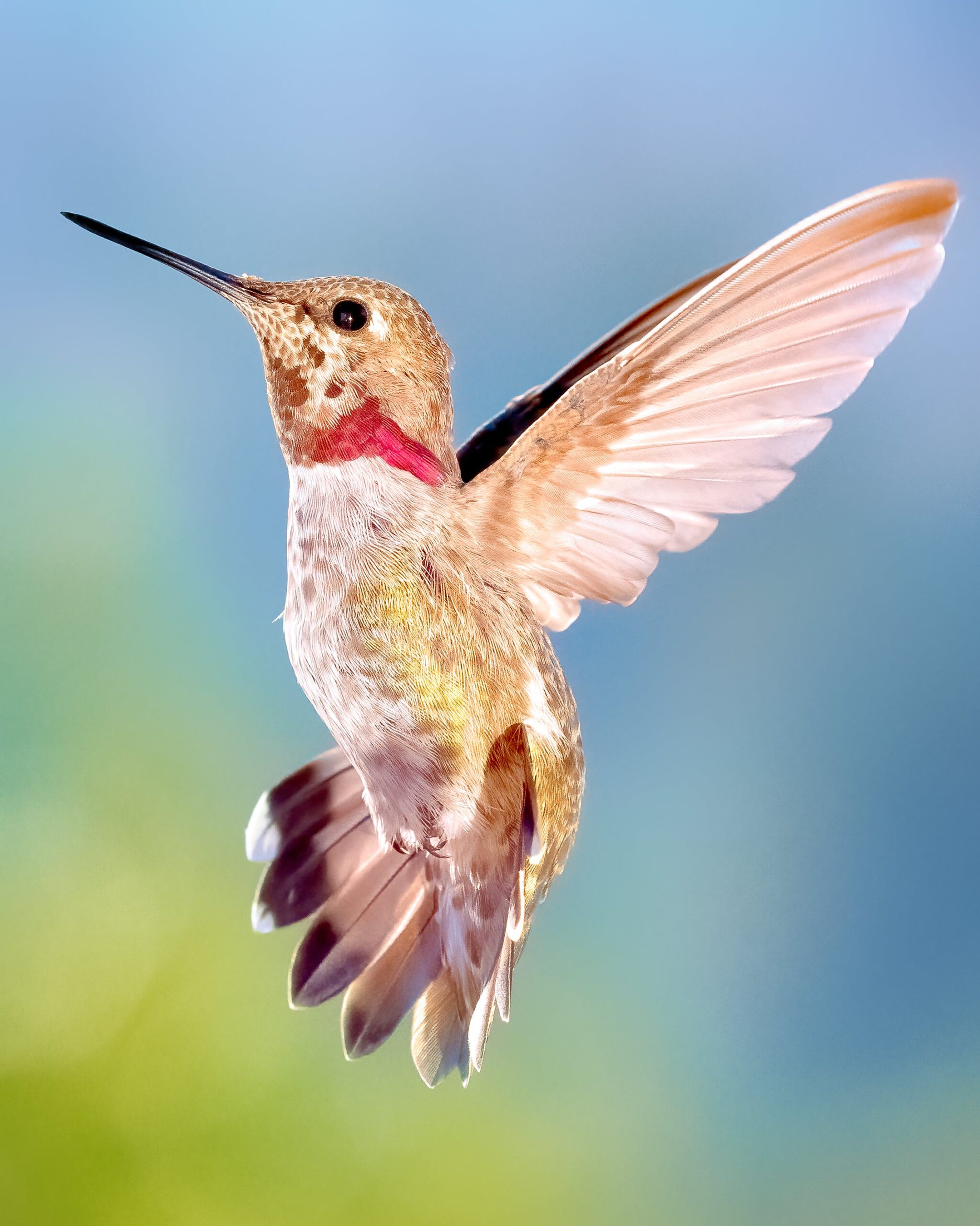Are you an adventurous soul who loves exploring the great outdoors? If so, it’s essential to know how to stay safe while searching for sustenance in the wild. In this article, we will uncover practical tips and strategies for avoiding encounters with dangerous animals while embarking on your quest for food. From identifying potential threats to understanding animal behavior, arm yourself with the knowledge you need to navigate nature’s pantry while keeping yourself out of harm’s way. So, grab your hiking boots and get ready to learn how to enjoy the wilderness without any unwanted wildlife interruptions!

Identifying Dangerous Animals
Understanding Local Wildlife
When venturing into the great outdoors, it is essential to have a good understanding of the local wildlife in the area you are exploring. Familiarize yourself with the types of animals that inhabit the region, their habitats, and their behavioral patterns. Researching and learning about the wildlife specific to your location can help you identify potentially dangerous animals and take appropriate precautions.
Researching Common Dangerous Animals in the Area
To stay safe while foraging for food, it is crucial to research the common dangerous animals that may be found in the area. Different regions have their own set of potentially hazardous wildlife, such as bears, cougars, snakes, or alligators. By familiarizing yourself with these animals and their habits, you’ll be better equipped to identify them in their natural habitats and avoid any potential encounters.
Recognizing Signs of Dangerous Animals
In addition to studying the specific wildlife in your area, it is important to educate yourself on the signs that may indicate their presence. Keep an eye out for tracks, scat, or scratches on trees as these can all provide clues about the presence of dangerous animals. By learning to recognize these signs, you can adjust your behavior accordingly, ensuring a safer foraging experience.
Choosing Safe Food Sources
Selecting Areas Away from Animal Habitats
When looking for food sources, it is best to choose areas that are away from animal habitats. Avoid areas with signs of recent animal activity or tracks, as this could indicate the presence of dangerous animals. By selecting food sources away from their habitats, you minimize the risk of encountering wildlife that may pose a threat to your safety.
Avoiding Smelly or Fragrant Foods
Certain foods have strong smells or fragrances that can attract wildlife. To minimize the chances of an unwanted encounter, avoid bringing these types of foods with you while foraging. Opt for low-odor foods to reduce the likelihood of attracting dangerous animals to your location.
Picking Fruits and Vegetables from Elevated Areas
To further reduce the risk of encounters with dangerous animals, it is best to pick fruits and vegetables from elevated areas. Animals such as bears have a difficult time reaching elevated food sources, so by choosing items higher off the ground, you decrease the chances of animal interaction. Be cautious while climbing trees or using ladders to access these elevated food sources, ensuring your own safety in the process.
Implementing Proper Food Storage
Using Airtight Containers
One of the key aspects of keeping your food safe from animals is proper food storage. Utilizing airtight containers is an effective way to keep food odors contained and prevent animals from detecting and being attracted to your food sources. Airtight containers not only help keep your food fresh but also reduce the risk of enticing wildlife to your camping or sleeping areas.
Hanging Food in Bear Bags or Bear Canisters
When camping or sleeping in areas where bears are known to frequent, it is crucial to hang your food in bear bags or store them in bear canisters. By hanging your food at least 10 feet above the ground and 4 feet away from the trunk of a tree, or using a bear-resistant canister, you can prevent bears from accessing your food. This practice not only protects your food but also ensures the safety of both you and the bears.
Storing Food Away from Sleeping and Camping Areas
To avoid attracting dangerous animals to your sleeping or camping areas, it is vital to store your food away from these sites. Keeping food in separate designated areas, such as lockers or bear-resistant containers, helps minimize the chances of animals being lured into areas where humans typically gather.
Applying Safe Cooking Practices
Cooking Food Away from Sleeping Areas
When preparing meals while camping or sleeping in areas where dangerous animals may be present, it is essential to cook your food away from sleeping areas. Cooking smells can attract animals, posing a potential risk to your safety. By setting up a designated cooking area away from sleeping areas, you create a safer environment for both yourself and the local wildlife.
Properly Disposing of Cooking Residues
Once you have finished cooking your meals, it is important to properly dispose of cooking residues. Food scraps or leftover greasy dishes can attract animals to your campsite, increasing the chances of an encounter. Make sure to clean up thoroughly and dispose of any cooking residues in a way that minimizes odors and reduces the risk of attracting dangerous animals.
Avoiding Open Flame or Smoky Foods
Using an open flame or cooking smoky foods can also draw the attention of dangerous animals. The scent of smoke can carry for long distances and potentially attract wildlife to your location. It is best to avoid cooking with an open flame whenever possible and opt for alternative cooking methods that minimize the risk of attracting animals.

Being Alert and Using Caution
Making Noise to Avoid Surprising Dangerous Animals
When venturing into areas where dangerous animals may reside, it is important to make noise to avoid surprising them. Animals are more likely to keep their distance if they are aware of your presence. By talking, singing, or using bells, you can alert animals to your whereabouts, reducing the chances of sudden encounters.
Scanning the Surroundings for Tracks, Scat, or Other Signs
Remaining vigilant and paying attention to your surroundings is key to spotting signs of dangerous animals nearby. Regularly scan the area for tracks, scat, or other indicators of wildlife activity. Knowing how to identify these signs can help you take the necessary precautions and stay safe while foraging for food.
Avoiding Traveling Alone
When looking for food in areas inhabited by dangerous animals, it is advisable to avoid traveling alone. Having a companion not only provides an extra set of eyes but also increases safety in case of an encounter. If a companion is not available, be sure to inform someone of your plans, including your intended food-gathering area and expected return time.
Handling Encounters with Dangerous Animals
Knowing How to Respond to Different Animals
Different animals require different responses when encountered in the wild. It is crucial to be knowledgeable about the appropriate actions to take in case of an encounter. Understanding the behavior and characteristics of specific dangerous animals, such as bears or cougars, can help you react appropriately, minimizing the risk of harm.
Carrying Bear Spray or Other Deterrent Devices
When exploring areas known for dangerous wildlife, it is advisable to carry bear spray or other deterrent devices. Bear spray is a highly effective tool for warding off aggressive animals and can provide a vital means of defense. Make sure you understand how to properly use these deterrents to ensure your safety in case of an encounter.
Backing Away Slowly and Avoiding Eye Contact
If you do encounter a dangerous animal, it is important to remain calm and avoid sudden movements. Back away slowly while facing the animal, giving it a clear path to retreat without feeling threatened. Avoid direct eye contact, as animals may perceive it as an act of aggression. By remaining calm and respecting the animal’s space, you increase the chances of a peaceful outcome.

Protecting Food in Campsite
Keeping Food Inside Lockers or Bear-Resistant Containers
Properly storing your food while at your campsite is crucial to avoid attracting dangerous animals. Utilize lockers or bear-resistant containers designed to keep food safe from wildlife. Keeping your food secured in these designated containers minimizes the risk of animals being drawn to your campsite and helps ensure a safer camping experience.
Cleaning Up Food and Cooking Equipment Thoroughly
After meals, it is important to clean up thoroughly to remove any food remnants or odors. Rinse and sanitize all cooking equipment, ensuring that no traces of food are left behind. By leaving no food-related scents in your campsite, you decrease the likelihood of attracting wildlife to your immediate surroundings.
Avoiding Food Odors in Sleeping Areas
In addition to keeping your food properly stored and cleaning up after cooking, it is crucial to avoid food odors in your sleeping area. This includes storing any scented toiletries, such as toothpaste or sunscreen, securely. Animals have a keen sense of smell, and even the slightest odor could attract them to your sleeping space. Taking these precautions helps ensure a peaceful and undisturbed night’s sleep.
Understanding Animal Behavior
Learning About Animal Territory and Mating Seasons
Understanding the behavior of dangerous animals includes learning about their territory and mating seasons. Animals can become more defensive or aggressive during certain times of the year. By researching these patterns, you can adjust your foraging plans accordingly and minimize the chances of unintentionally intruding on their space during sensitive times.
Recognizing Warning Signs and Vocalizations
In order to stay safe while foraging for food, it is crucial to recognize warning signs and vocalizations that animals may display when feeling threatened or territorial. Animals often exhibit specific behaviors, such as growling, hissing, or puffing up to appear larger, as a way to warn off potential threats. By understanding and respecting these warning signs, you can avoid dangerous situations and maintain a safe distance.
Understanding Defensive and Aggressive Postures
Knowing how to interpret an animal’s body language can provide valuable information about their intentions. Defensive postures, such as raised fur, hunched backs, or flattened ears, indicate a potential threat. Aggressive postures, such as lunging, snarling, or charging, suggest the animal may attack. Being able to differentiate between these postures can help you make informed decisions and take appropriate actions to stay safe.
Seeking Local Advice and Guidance
Consulting Park Rangers or Wildlife Experts
When planning outdoor activities in areas known for dangerous wildlife, it is highly recommended to consult with park rangers or wildlife experts. These professionals have extensive knowledge and experience and can provide valuable insights on wildlife behavior, safety precautions, and any recent animal sightings. Seeking their advice ensures that you have the most up-to-date information relevant to your foraging adventure.
Joining Local Foraging or Outdoor Communities
Another great way to gain insight into the local wildlife and safety measures is by joining local foraging or outdoor communities. These groups often have members who have spent years exploring the area and can offer firsthand information on dangerous animals, as well as share their expertise in safe foraging practices. Participating in these communities will not only enhance your knowledge but also provide a supportive network of fellow outdoor enthusiasts.
Attending Workshops or Training on Wildlife Safety
Attending workshops or training specifically focused on wildlife safety can be extremely beneficial when it comes to avoiding dangerous animals while foraging. These educational sessions are led by experts and cover a wide range of topics, including animal behavior, understanding tracks, and emergency response procedures. By participating in such training, you equip yourself with the necessary skills to navigate safely through wildlife-rich environments.
Being Prepared for Emergencies
Carrying First Aid Kits and Emergency Communication Devices
While it is important to take all necessary precautions to avoid dangerous animal encounters, it is equally crucial to be prepared for emergencies. Carrying a well-stocked first aid kit and emergency communication devices, such as a satellite phone or GPS tracker, ensures that you can quickly reach out for help in case of an injury or attack. These items can be lifesaving in remote areas where immediate medical assistance may be difficult to access.
Knowing How to Respond in Case of Attacks or Injuries
In the unfortunate event of an attack or injury by a dangerous animal, knowing how to respond is essential. Familiarize yourself with first aid techniques specific to animal encounters, such as treating bites, stings, or wounds. Additionally, understanding the proper protocols for unexpected encounters, such as playing dead when facing a bear attack, can significantly increase your chances of survival.
Understanding Evacuation and Rescue Procedures
In extreme situations, where immediate evacuation or rescue is necessary, it is crucial to understand the procedures in place. Research and familiarize yourself with the emergency protocols specific to the area you are exploring. Knowing the nearest emergency exits, evacuation routes, and rescue services can be critical in dire situations.
In conclusion, foraging for food in the wilderness can be an exciting and rewarding experience. However, it is important to take precautions to avoid dangerous animal encounters. By understanding local wildlife, choosing safe food sources, implementing proper food storage and cooking practices, being alert and cautious, handling encounters wisely, protecting food in your campsite, understanding animal behavior, seeking local advice, and being prepared for emergencies, you can greatly increase your safety while enjoying the great outdoors. Stay informed, practice responsible foraging, and always prioritize your well-being and the well-being of the wildlife around you. Happy foraging!






